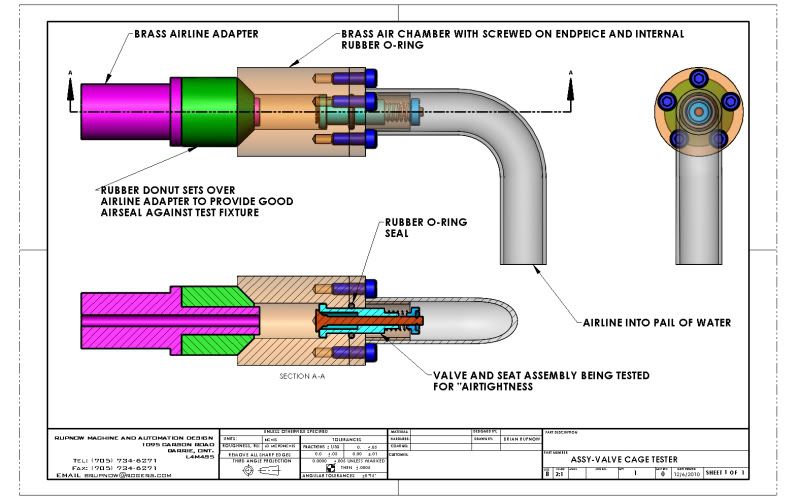I have to take a break for a while, because the project is beginning to eat me. I know whats wrong. The valves aren't sealing. Thats it--totally. And right now, with the state of my machining ability and the state of my old Chinese lathe, I don't seem to be able to make them seal. I have remade the valves, I have made valve cages, I have made a tool to ream the valve seats "in place"---and all to no avail. I am sure that if I could get the valves to seal and give me that elusive compression I have sought and felt "sometimes" that the engine would run like stink!!! My lathe has concentricity issues between the centerline of the tailstock and the centerline of the chuck. It doesn't seem to be a direct linear offset, as much as an angular offset, and the farther out I get from the tailstock, the more pronounced these issues become. This I'm sure has been the major factor in why I'm having these problems. This engine is one of the "prettiest" engines I have built, and one I would really like to see finished and running. I'm out of options right now. If I had a friend in the area who was a better machinist/innovator than I am, I would seek them out and ask for help, but I'm the biggest toad in the puddle around here when it comes to model engines so I don't have anyone to go to for help. I need a John Bogstandard or a Cedge living next door or down the street, so I could drop by for a pep talk and some hands on help. I have never absolutely "failed" at anything technical in 64 years, so you have to realize my frustration right now. I need a break, a breath of fresh air, and time to come up with a better game plan. I do have a friend in town with a Sherline-----





